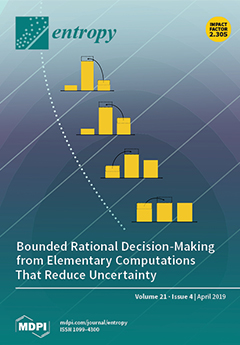Open AccessArticle
Geosystemics View of Earthquakes
by
Angelo De Santis, Cristoforo Abbattista, Lucilla Alfonsi, Leonardo Amoruso, Saioa A. Campuzano, Marianna Carbone, Claudio Cesaroni, Gianfranco Cianchini, Giorgiana De Franceschi, Anna De Santis, Rita Di Giovambattista, Dedalo Marchetti, Luca Martino, Loredana Perrone, Alessandro Piscini, Mario Luigi Rainone, Maurizio Soldani, Luca Spogli and Francesca Santoro
Cited by 45 | Viewed by 6410
Abstract
Earthquakes are the most energetic phenomena in the lithosphere: their study and comprehension are greatly worth doing because of the obvious importance for society. Geosystemics intends to study the Earth system as a whole, looking at the possible couplings among the different geo-layers,
[...] Read more.
Earthquakes are the most energetic phenomena in the lithosphere: their study and comprehension are greatly worth doing because of the obvious importance for society. Geosystemics intends to study the Earth system as a whole, looking at the possible couplings among the different geo-layers, i.e., from the earth’s interior to the above atmosphere. It uses specific universal tools to integrate different methods that can be applied to multi-parameter data, often taken on different platforms (e.g., ground, marine or satellite observations). Its main objective is to understand the particular phenomenon of interest from a holistic point of view. Central is the use of entropy, together with other physical quantities that will be introduced case by case. In this paper, we will deal with earthquakes, as final part of a long-term chain of processes involving, not only the interaction between different components of the Earth’s interior but also the coupling of the solid earth with the above neutral or ionized atmosphere, and finally culminating with the main rupture along the fault of concern. Particular emphasis will be given to some Italian seismic sequences.
Full article
►▼
Show Figures






